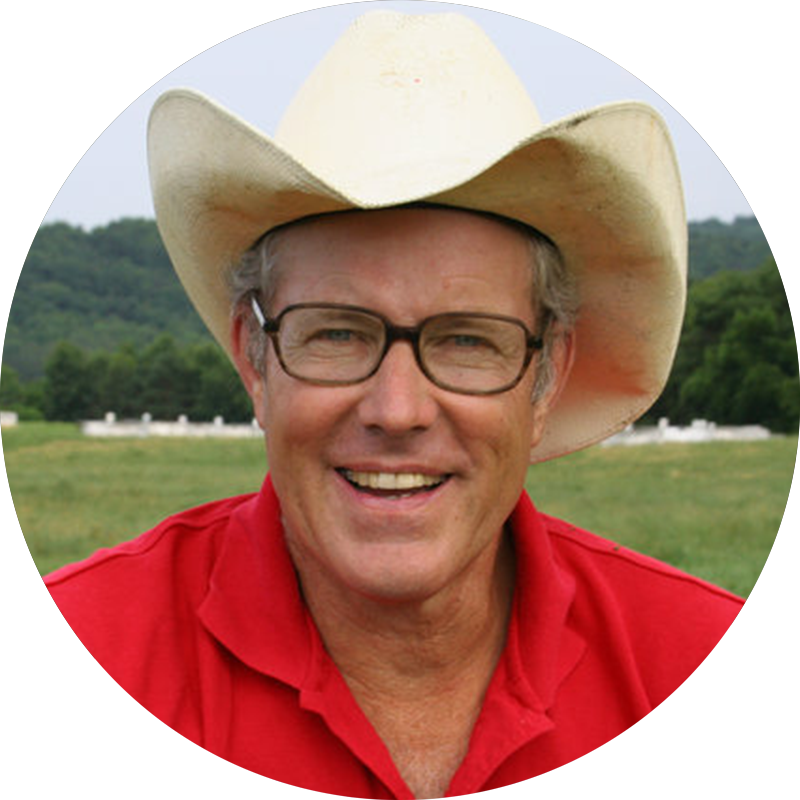The Real Danger for Farmers Isn’t the Coronavirus
Editor’s Note: As Joel pointed out last week, farmers have had to adapt to survive the current crisis. But their troubles are far more serious than just overcoming a pandemic that will eventually fade. When it comes to the coronavirus, folks are rightly asking whether the cure is worse than the disease. And today Joel has a real-life example of where the government’s “good” intentions to save the world – market intervention and manipulation and regulations that stifle or, worse, outlaw creative solutions – flat-out kill folks.
Anytime farmers are in the news is a big deal.
The U.S. has about twice as many people incarcerated in prison as we have farmers. The population is tiny enough that to merit news mention means something is big.
The big thing recently was a USA Today exposé about the skyrocketing number of farmer suicides.
According to the Centers for Disease Control and Prevention, suicides are up 40% in the last two decades. Calls have doubled to the Farm Aid crisis hotline. Among farmers, the suicide rate is 3.5 times the national average.
Here’s what the report found to be the four causes of farmer suicide:
- Lower prices. Commodities have dropped 50% in value since 2012.
- Higher farm debt. It’s up 33% since 2007, the highest since the 1980s.
- Bad weather. Some 20 million acres never got planted in 2019.
- Trade tensions. Soybean exports dropped 75% in 2017 and 2018.
What’s the solution?
Solve the Problem
Well, we need more mental health professionals. Urban areas enjoy 146 mental health professionals per 100,000 people, while rural areas enjoy only 63.
In 2008, Congress passed the Farm and Ranch Stress Assistance Network but allocated no money to fund it until 2019.
While my heart breaks for these troubled farmers, this orthodox scenario ending with the typical “we need more mental health professionals” is not the answer.
Normally in problem-solving, you try to solve the problem. If the four above causes are the problem, then how about attacking them rather than the symptoms, which are depression and frustration?
If instead of throwing more mental health professionals into the countryside we actually tried to resolve the four causes, perhaps we could actually solve things.
Hand-wringing about the problems doesn’t solve them. Talking people out of suicide does not solve them.
What the article did not say is the elephant in the room: the farmers’ share of the retail dollar has been in free fall since the 1950s. It’s now down to 9% or 10%.
The farm-gate value – the value of what farmers have sold directly to consumers – is less and less of the whole pie.
Indeed, the entire $133 billion farm-gate value is less than the USDA budget. Consider that.
Furthermore, in the last 20 years, the share of imported food versus domestically produced food has grown from less than 5% to 20%.
That means 1 in 5 bites of food in the U.S. come from a foreign country.
And in December, the U.S. for the first time granted China permission to raise and slaughter chickens and sell them to the U.S. Before that, China could only further process American chickens.
In other words, China could further process chickens (cut up, cook) and send them back to the U.S., but they could only be American chickens. No longer.
And then we have ethanol, which accounts for nearly 40% of the U.S. corn crop. It’s a total boondoggle, but because it’s a subsidized program, it continues with no end in sight.
Cheap fuel for subsidized ethanol plants for cheap alcohol. Who cares about the land, the soil, the chemical runoff?
Access the Market
The biggest issue, in my opinion, is America’s farmers’ ability to access the retail market.
In the 1980s, during that agricultural bloodbath, our farm direct marketed to retail customers. I put together an introductory slide program and talked at every Kiwanis, Rotary, Ruritan, Exchange Club, Key Club, Jaycees and Toastmasters group in the area, picking up a few customers each time.
With snail mail and a rotary telephone, we cultivated a clientele that cared about their health, the land and farm viability.
We did that while the nation wrung their hands over the farm foreclosure epidemic.
Boom times, easy credit and escalating land values encouraged farmers to overextend. Our farm went the opposite direction.
In these mainline media articles about farmers, the underlying and unspoken assumption always seems to be that these poor farmers have no alternatives. They’re pawns of an international chess match, mere puppets in a marionette show.
Be Willing to Change
Here’s another business principle: The bigger the ship, the harder it is to turn around.
One of the reasons our farm thrives in these disruptive and threatening times is that we are small and nimble. A speedboat can turn a lot quicker than an aircraft carrier.
Consolidated mega-farms trade community and resilience for economies of scale and fragility. That’s not a good trade.
Unfortunately, when folks are unable or unwilling to change, they inevitably crash when the rules of the race change.
Anyone who gets information from the USDA is doomed to crash because if one institution exists to fight against change, it’s the USDA.
A whole world of alternative information exists, but most farmers won’t read it.
They’d rather commit suicide. Sad but true.
If I were throwing a lifeline to these farmers, here is what I would say to solve each of the four problems:
- Start producing and selling something retail. Become a price maker instead of a price taker and jump on the retail opportunity. With online shopping carts, collaborative networking and efficient distribution, you can access the retail market and free yourself from the shackles of world commodity pricing. Become the middleman.
- Get out of debt by cutting your biggest expenses first. If you have to sell land to free up capital for innovation, do it. The only people who enjoy freedom to experiment are the ones who are out of debt. Start trials today, from nonchemical practices to growing something different.
- Build weather resistance into your operation. Nothing is as strong as native prairie. Replant it and start grazing livestock. This is the fastest way to rebuild organic matter, which is the fastest way to increase water-retentive capacity both in flooding and droughts. Build ponds – lots of them. Be a beaver.
- Forget exports. Quit participating. Feed your neighbors. Feed Americans. We don’t need imports; we don’t even need to export. Let’s enjoy the opportunity our own country offers. Don’t worry, not everyone is going to do this. Just do it for yourself because that’s what really matters.
You won’t see that recipe for suicide prevention anywhere except right here in Manward. Read and rejoice.
About Joel Salatin
Joel Salatin calls himself a Christian libertarian environmentalist capitalist lunatic farmer. With a room full of debate trophies from high school and college days, 12 published books, and a thriving multigenerational family farm, he draws on a lifetime of food, farming and fantasy to entertain and inspire audiences around the world. He’s as comfortable moving cows in a pasture as he is addressing Fortune 500 CEOs at a Wall Street business conference. A fierce defender of personal freedom and choice, he brings an unorthodox viewpoint that readers of Manward Digest can’t get enough of.






